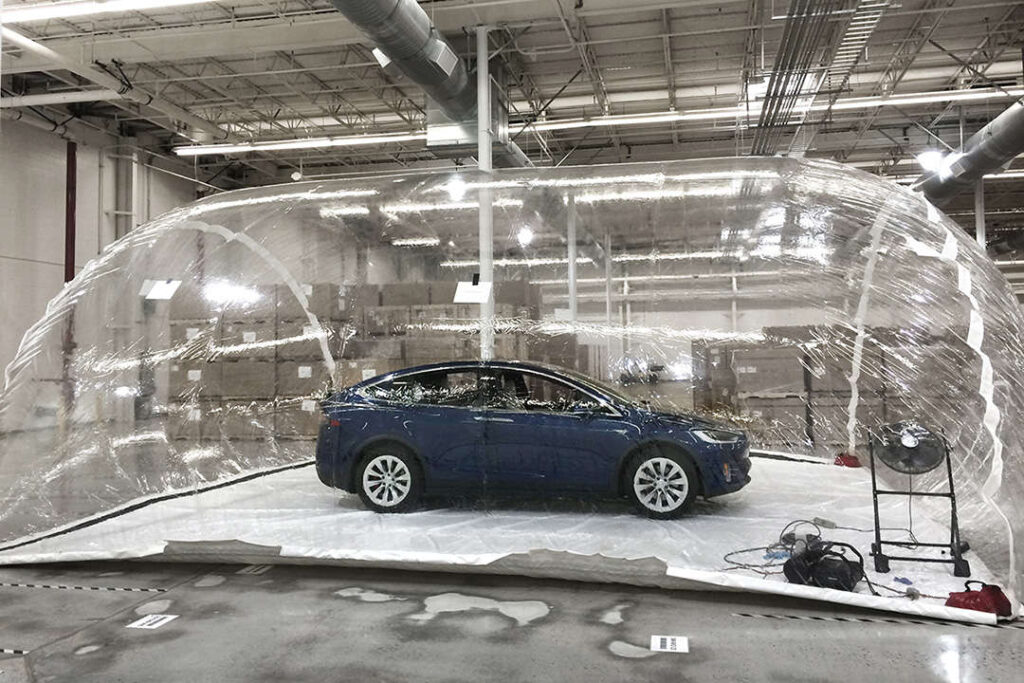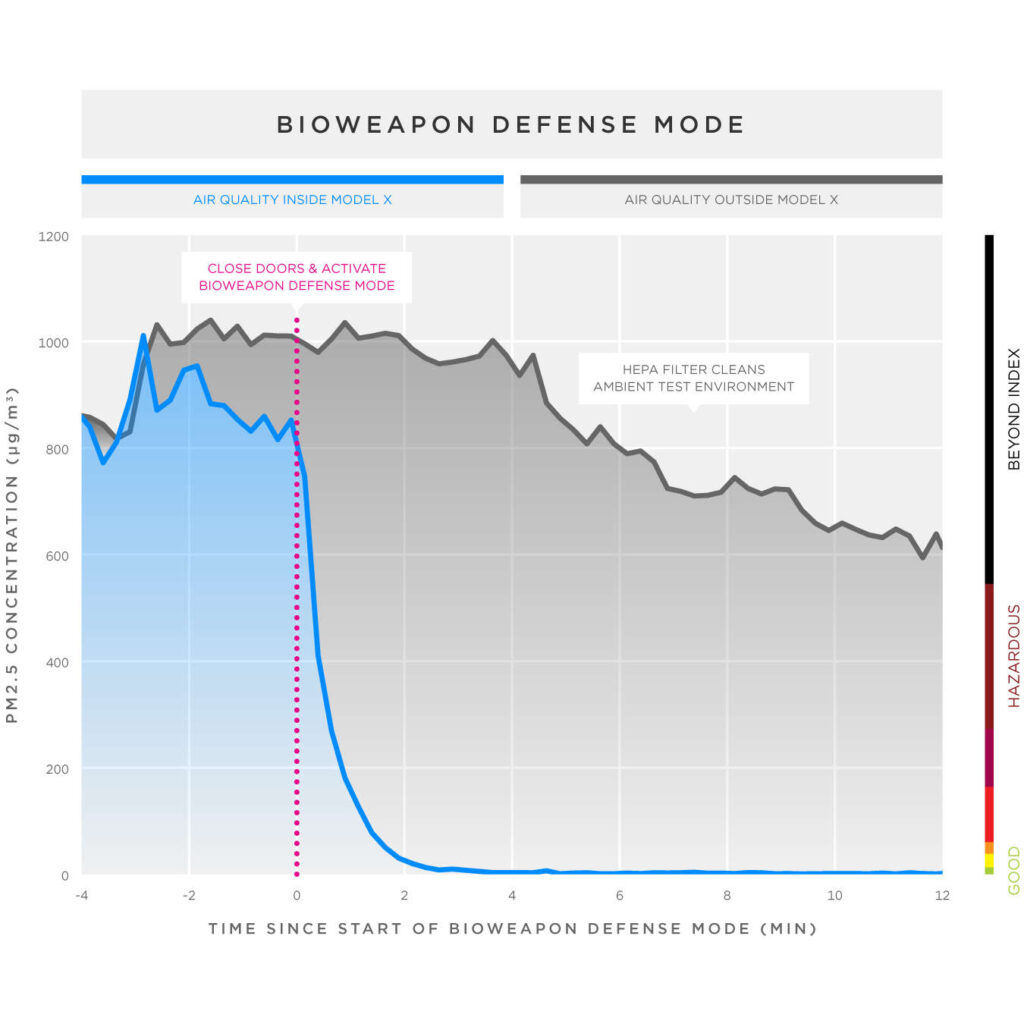AIR EQUALITY
- PostedPublished 11 June 2017
INITIAL results from a British study into the concentration of air pollution in vehicle cabins have revealed a clear link between the price of a car and its ability to protect occupants from toxic exhaust fumes and allergens.
Transport data specialists Emissions Analytics found that occupants of vehicles in heavy traffic can be inhaling 10 million toxic particles with every breath, in other words 10 times more pollution than pedestrians walking in the same street.
Focussing on particulates such as carcinogenic diesel soot and allergenic pollen, Emissions Analytics measured the quality of air in six vehicles over four hours of urban, country and motorway driving.
No makes and models were named, but the cleanest cabin air was delivered by an upmarket sedan with 75 particles per cubic centimetre on average and a maximum of 2400.
The least expensive car recorded an average of almost 20,000 particles per cubic centimetre and a peak of 435,000.

It is still early days for this Emissions Analytics study, which will now expand to compare more makes and models and result in published rankings to help consumers make informed choices about which cars provide the cleanest cabin air.
Authorities in some of the world’s most congested cities are cracking down on air quality, which is now regarded as a major cause of respiratory illness and premature death.
The problem of pollution concentration inside vehicle cabins has prompted international talks, overseen by the United Nations, to develop new global standards for cabin air quality.
Emissions Analytics claims to be the world’s first organisation to systematically compare vehicles for cabin air purity, with its findings likely to feed into the UN debate.
In addition to the absence of factory-fit cabin filters, or fitment of the most basic kind, cars at the budget end of the market are likely to have a lower quality and quantity of door and window sealing than premium models.
Carmakers are starting to make cabin air quality a selling point, with Audi announcing that from Mid-2016 production, a number of its models would benefit from advanced cabin filtration.
Late last year, Mercedes-Benz publicised the fact it had received the European Centre for Allergy Research Foundation seal of approval for every model in its range.
For some time, various Hyundai and Kia models have featured a cabin air ioniser and purifier, while Toyota has more recently introduced the Panasonic-developed Nanoe air ionisation and humidification system on mainstream models as trickle-down tech from its upmarket Lexus range.
However, air quality experts say ionisers must be used with quality cabin air filters in order to eliminate harmful particulates. It is also worth remembering that even the best cabin filters must be regularly replaced to maintain interior air purity.

In Australia at least, the Asthma Council has praised Hyundai for the fitment of quality cabin filters that include activated carbon layers.
US-based electric car specialist Tesla has made the biggest noise about cabin air quality, using, two-stage hospital-grade HEPA filter on its Model X SUV and facelifted Model S sedan.
These cars feature a ‘bioweapon defence mode’ that Tesla last year put through a torture test, with surprising results.
A Model X was placed in an air-tight plastic tent (pictured left), inflated with air containing extreme levels of pollution almost 100 times worse than the US Environmental Protection Agency’s “good” air quality index limit.
The doors were open to ensure the cabin was full of polluted air before the test began. With the doors closed, bioweapon defence mode was activated and air quality measurement equipment was rigged up to compare pollution levels inside and outside the vehicle.
It took less than two minutes for pollution in the Tesla’s cabin to drop below the test equipment’s detection level (shown in the chart below).
Because the Model X produces no tailpipe emissions, the air in the tent outside the car also started getting cleaner as it passed through the vehicle, with particulate levels in the tent dropping by 40 per cent after 12 minutes.
For those unable to afford an Audi, Mercedes or Tesla, a growing number of aftermarket cabin filters are now on the market that include additional layers of activated carbon and polyphenol to minimise the amount of impurities reaching occupants.
They present an excellent up-sell opportunity for repairers, with genuine customer benefit.
- CategoriesIn SightGlass
- TagsSightGlass News Issue 10

